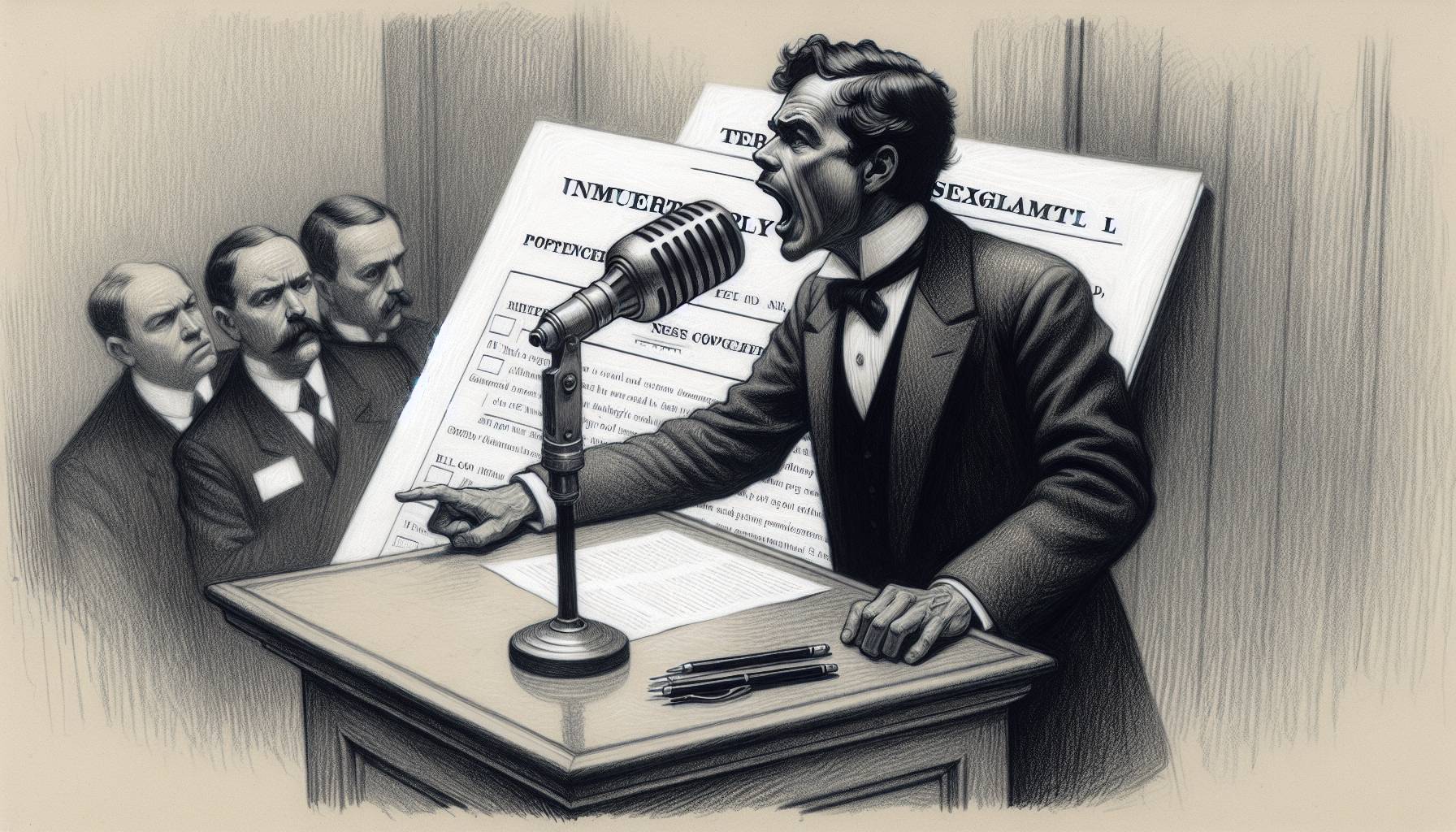Everyone knows that employee discipline is a vital yet unpleasant aspect of working in any firm. Effective discipline can aid in the correction of behavioral issues as well as the increase of staff productivity. In addition, effective discipline will aid in the prevention of wrongful termination cases against your firm.
Therefore, it is critical to have a disciplinary policy already in place in your business. Strategically formulate this policy so that your employees understand what they must do at all times and in all situations. However, it is also important that it include what will happen if they do not fulfill those expectations.
Having this level of consistency will provide your organization with a sense of security. All of your supervisors, employees, and human resources personnel will appreciate this sense of security. Therefore, make use of the following disciplinary action procedures to achieve this goal.
Step 1: An Oral Reprimand
Suppose an employer or manager notices a problem with an employee’s work or behavior. The first thing to do is to offer an oral reprimand as soon as possible. However, always politely deliver oral reprimands.
When delivered calmly, the employees will understand that they are being given constructive criticism rather than personal attacks. This is a vital first step when dealing with issues. Design a verbal reprimand form so employers or supervisors can maintain written evidence of oral reprimands.
Step 2: Written Warning
Suppose you have given an oral reprimand and the employee does not respond favorably. In addition, suppose that he or she exhibits subsequent behavioral or performance concerns. In that case, it may be necessary to give a written warning to the employee.
A well-written warning should spell out specifically the unacceptable features of the employee’s conduct or performance. Additionally, it should include steps on how the person should address these issues. Finally, include a clear outline of what will happen if the employee doesn’t correct these issues promptly.
Furthermore, provide employees with copies of the written warning carrying signatures of the management. Additionally, at least one other person, who witnessed the events in question, should have a copy of the warning.
Step 3: Final Documentation
Now, suppose an employee’s poor performance persists despite receiving a written warning. In that case, managers should issue a final written notice to the employee. During the presentation of the final warning, show them all past instances in which reprimands have been issued and documented.
At the same time, management should explain how they were directed to act and how they failed to achieve expectations. Employees should be made aware that they may lose their job if their behavior does not improve. However, make sure you give them a second chance to achieve the standards set forth.
Step 4: Suspension With Probation
If the situation gets this far, you may decide to offer an employee one final chance. You may do so in the form of a suspension with a following probationary period. However, do this only if they continue to fail to meet expectations after you have given them final documentation.
A probationary period may include a reduction in pay and ongoing supervision. It might also include retraining initiatives. Make sure you consult Human Resource professionals prior to suspending an employee.
Step 5: Bring It to a Close
It can be sad when an employee continues to engage in the same behaviors after a time of suspension. It can even be discouraging if they do not respond positively to retraining. However, in these situations, it is necessary to proceed to termination.
A final meeting with the employee should take place in person. In addition, the employee should be provided with paperwork concerning the disciplinary actions taken. Further, make sure that they have an adequate explanation of the specific reasons for their termination.
As an employer, it is your responsibility to document all behavioral difficulties. If every stage of the process is documented, an employee can’t claim unemployment benefits or sue for unfair termination.
Image Credit: Mart Production; Pexels; Thank you!













